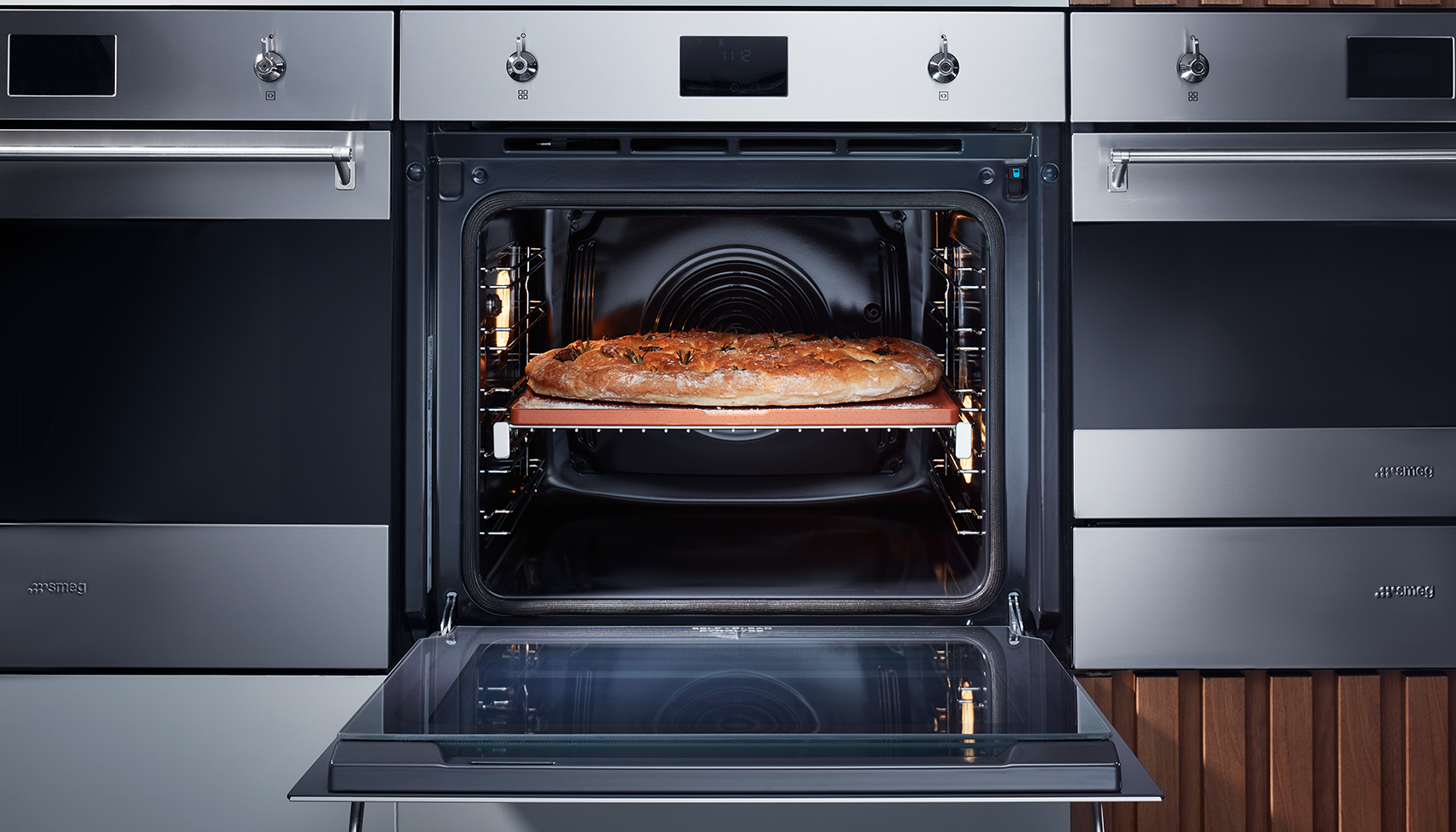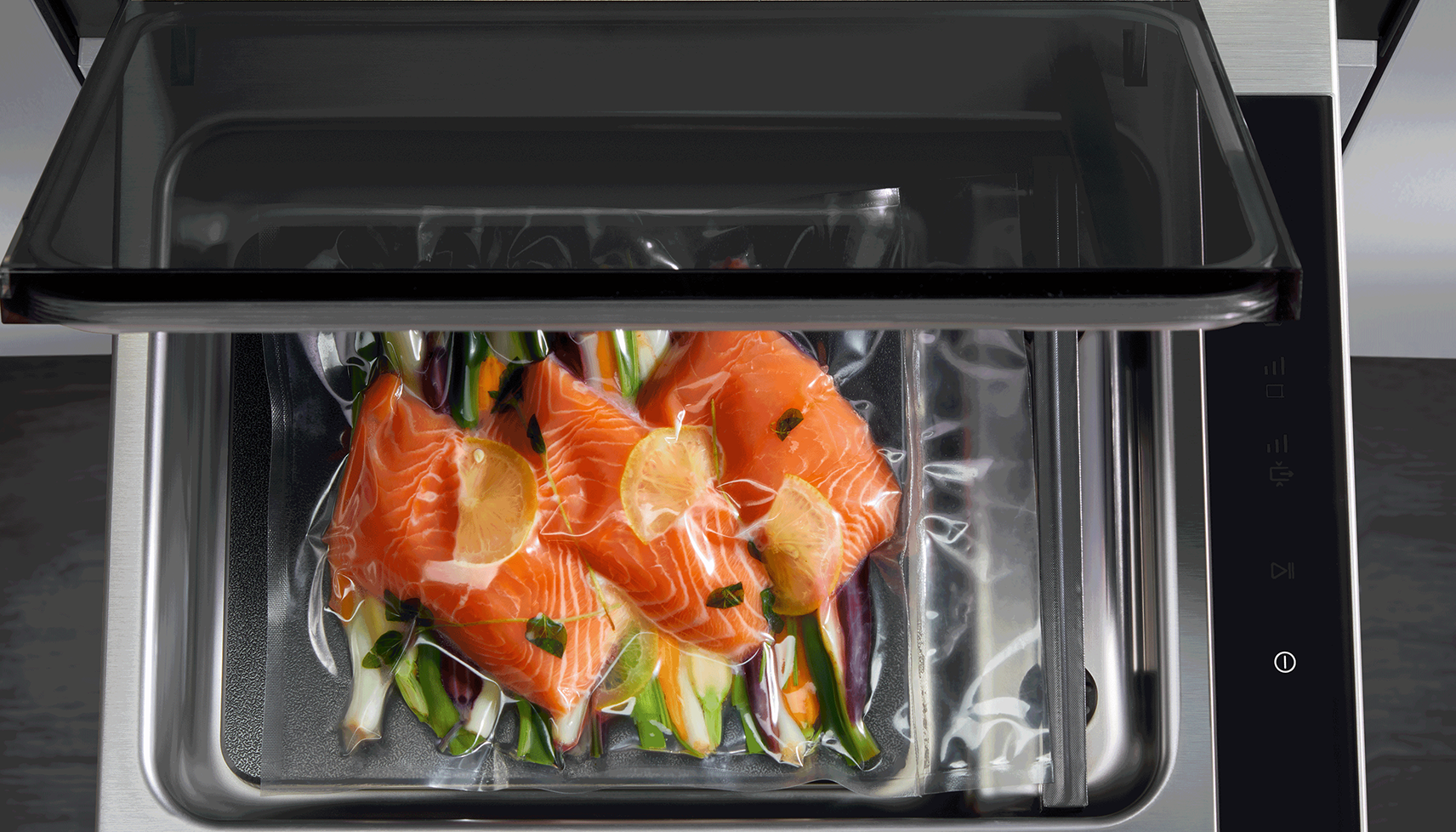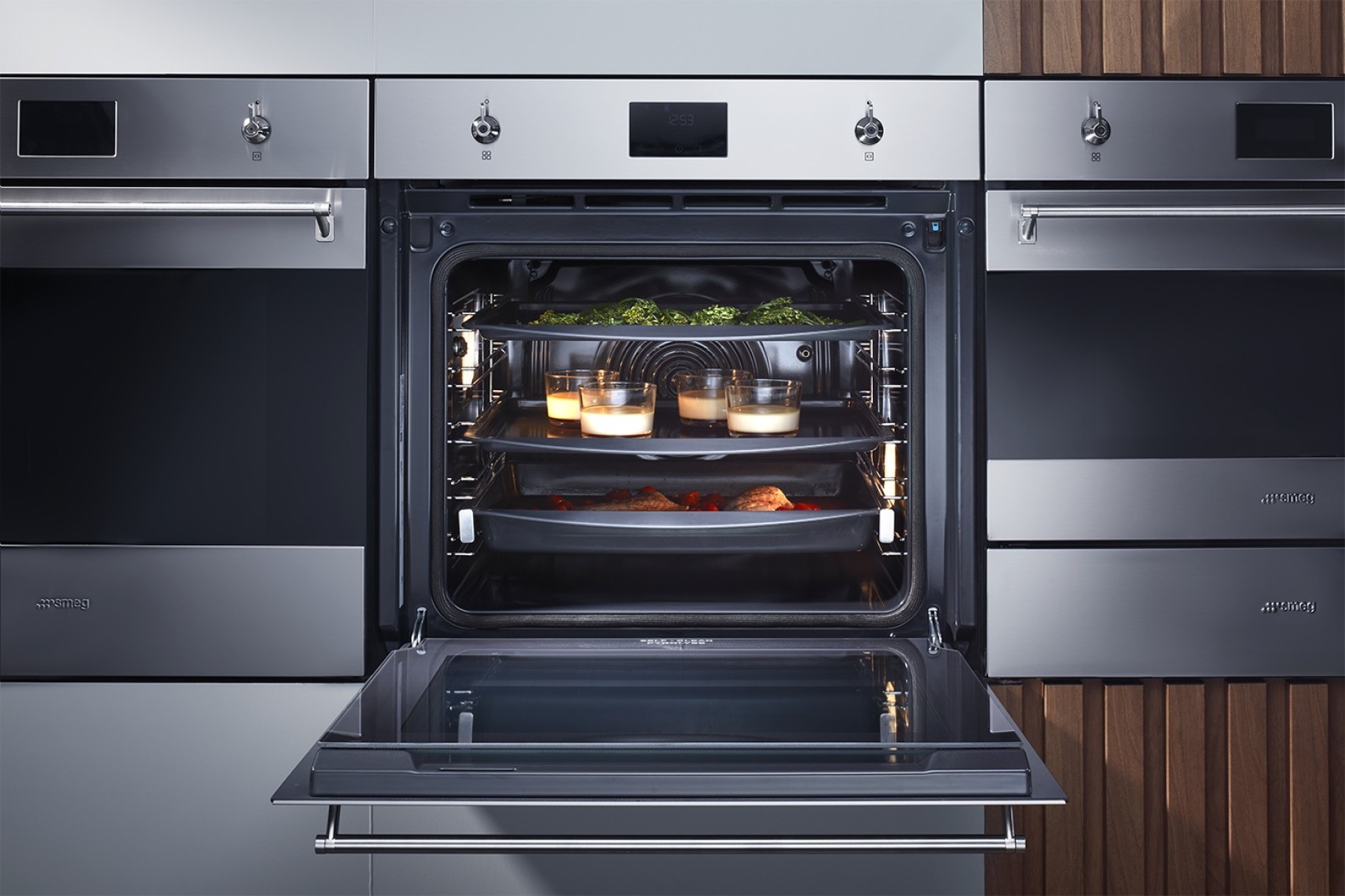If you’re building, renovating or just upgrading your old kitchen appliances, steam ovens are likely to be on your radar, and for good reason!
Steam and combi steam ovens make it easy to prepare food that looks and tastes better, thanks to the use of humidity to retain nutrients, colour and texture.
Although they’ve been available in residential kitchens for about 20 years, steam ovens have exploded onto the market in the past decade. Most appliance brands now offer a few different options in this category.
But the world of steam ovens is rife with confusing terminology, and if you’re scratching your head when it comes to figuring out what’s what, you’re not alone!
Many manufacturers use different words to describe similar features and functions. Some even use the same term for entirely different functions! It can be hard to compare like for like, but in this article we'll decode the oven lingo and empower you to choose the best steam oven for your needs and lifestyle.
Please note that oven terminology can evolve. We're providing insights based on available brands at the time of publication.
Different Words, Same Meaning
Whether you want a fully-featured oven that steams, combi-steams and bakes, or just one that can add a little moisture to your regular cooking, understanding the terminology that follows will help you narrow down the options.
These are the most commonly-used terms to describe the functions of many steam ovens on the market today.
Combination (Combi) Steam, Convection Steam
These terms both refer to the ability of an oven to add steam to dry oven heat. The result? Food that's moist inside with a golden, crispy exterior.
European manufacturers usually refer to this function as ’combination steam’, while American brands call it ‘convection steam’.
Some models let you adjust the steam level, offering precise control over humidity. Others work on a fixed steam system.
The choice between adjustable steam and fixed steam comes down to your preference for simplicity or control. Either way, this function is brilliant for foods which can dry out in the oven, like lean meats, fish and muffins.
Combi or convection steam is also highly sought after by bread bakers, for its ability to produce glossy and golden loaves with a perfect crust.

Convection Humid, Hot Air Humid
Humid settings dial down the moisture in the oven compared to combi steam. Typically, you'll find Convection Humid or Hot Air Humid as an option with fully-featured steam ovens.
Instead of adding steam, these settings generally maintain moisture by sealing off vents during regular convection cooking. Convection Humid and Hot Air Humid work well for larger cakes and joints of meat, keeping them moist without altering texture.

Full Steam, Pure Steam, Straight Steam, Steam-Only
Here, we're talking about settings which steam your food, maintaining a steady 100°C temperature (or lower) with 100% humidity. It’s similar to a stovetop steamer, but with precise temperature control and lots of cooking space.
Steamed fish, chicken, vegetables and rice are a breeze with steam settings, as are dumplings for easy dim sum at home.
Some full steam ovens lack conventional oven capabilities, making them less versatile than a combi steam oven. And some brands now use the term full steam to refer to fully featured combi steam ovens, so it’s important to clarify the capabilities of your chosen oven before making a purchase
Steam Assist, Moisture Assist, Moisture Plus
These terms denote a different type of steam oven, one that allows you to introduce a small amount of steam into regular cooking functions. It's a subtle distinction from combi or convection steam ovens.
Steam assist ovens won't match the steam output of their combi steam cousins, nor can they perform steam-only cooking. They're more like the convection humid or hot air humid functions discussed above, designed to keep foods moist while cooking rather than primarily relying on steam for cooking.
Steam Assist or Moisture Assist ovens are great for everyday roasting, pasta bakes and baking.
Sous Vide: A Bonus Feature of Steam Ovens
Sous vide is an additional function many steam ovens now offer. It refers to cooking at a consistent, low temperature (usually between 50-90°C); sometimes called low-temperature steaming.
Steam oven sous vide achieves nearly identical results to the more widely-known water bath sous vide, without the need for vacuum sealed cooking bags.
Sous vide is most often used to achieve perfect doneness of meats and vegetables. It can also be used for custards and sauces where precise temperature is necessary for the right texture.

Evaporative Steam vs. Steam Injection
Moving on from oven function terminology and settings, let's talk about the way steam is delivered into the oven. This is another aspect to consider when choosing between oven models, as it can alter the amount of maintenance required after cooking.
Many ovens with steam now use steam injection technology, where steam is generated outside the oven's main cavity in a boiler, and then injected through a pipe during cooking. It's efficient and relatively easy to clean up.
Some ovens use an evaporative steam approach, with a reservoir on the oven floor that’s filled with water and heated to produce steam directly inside the oven. This method works equally as well as steam injection but requires extra effort to clean up residual water after cooking.
While deciphering all this steam oven terminology can take some time, don't let it deter you from exploring the wonderful world of ovens with steam.
Understanding the capabilities of these appliances empowers you to choose one that you’ll not only love, but which will elevate your home cooking to a whole new level.
If you’re considering adding one of these innovative appliances to your kitchen, booking a complimentary steam oven demonstration with Hart and Co.’s cooking appliance educator is the best way to explore your options and select the perfect steam oven brand and model for your home. Book online or give us a call to find out when our next demonstration is on.









